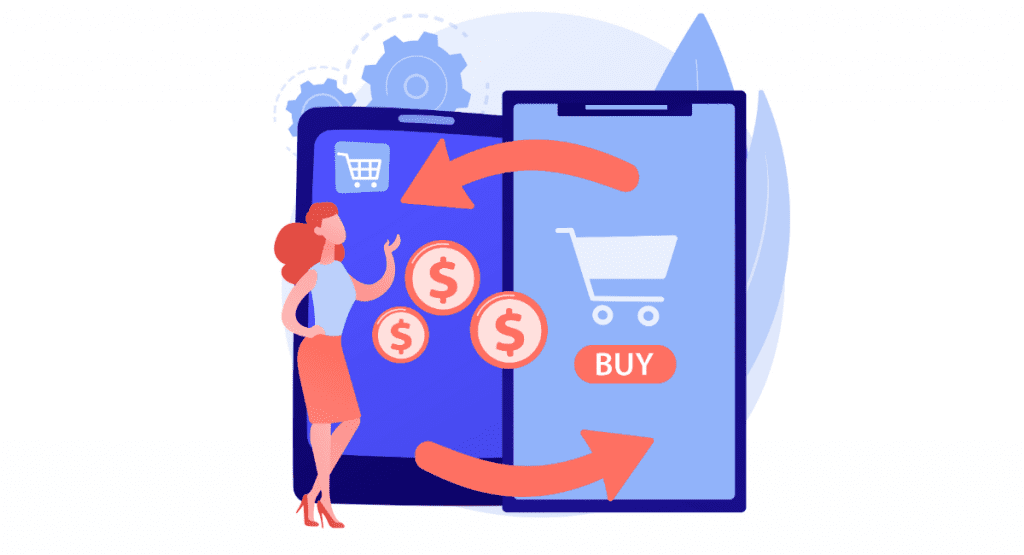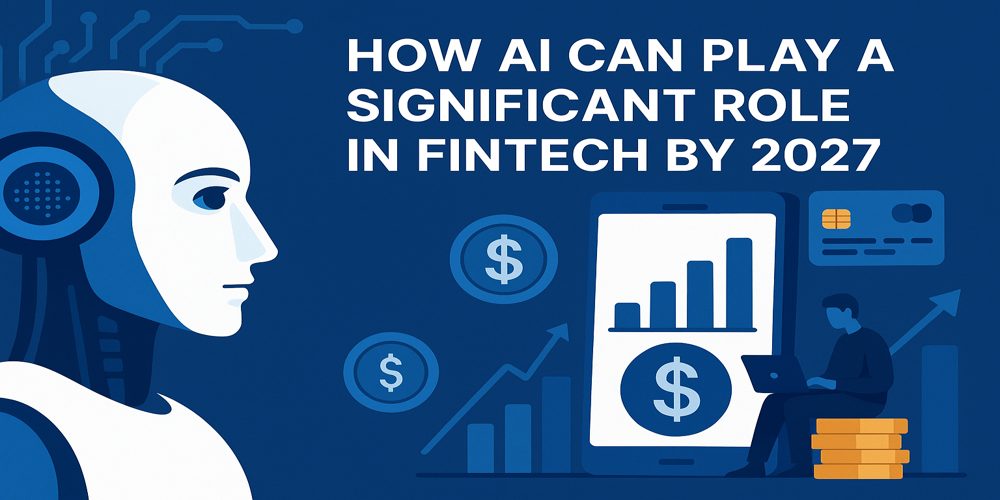Understanding Buy Now Pay Later

In the recent past, the finance industry has gone through many changes. Among these changes are the many innovative payment models that have come up, which have been made extremely popular by the millennial and Gen Z generations, who are constantly looking for more flexible and convenient ways to make purchases.
One such payment method is the ‘Buy Now, Pay Later’ method or BNPL method. It allows shoppers to acquire goods and services immediately but pay for them in installments over time. Now, this may sound like an enticing proposition, but without delving deeper into the various aspects of BNPL, it isn’t possible to grasp its true implications and potential consequences for consumers.
How Does Buy Now Pay Later Work?
BNPL is essentially an installment loan. It basically divides the total cost of a product or service into equal installments, when an individual makes a purchase and chooses BNPL as a payment option. These installments can be repaid weekly, bi-weekly, or monthly, depending on the provider and the product’s or service’s cost. Unlike traditional credit cards, BNPL platforms often offer interest-free financing for these installments, making it an attractive alternative for many shoppers.
If a customer chooses the BNPL payment option, they are usually asked to fill out a form asking for basic details like name, phone number, address, email address, date of birth, and so on, at the checkout counter. They will also have to provide a payment method like cash, net banking or UPI. Then, the BNPL provider may conduct a soft credit check before they approve or deny your request.
The most common type of BNPL payment is a pay-in-four method, in which the total cost of the product or service is divided into four equal parts, each due every two weeks with the first one due immediately. With this method, as long as all the payments are made on time, the total cost of the purchase will be paid off within six weeks.
When Should Buy Now Pay Later Be Used?
BNPL is a valuable and attractive payment option for many reasons. However, it comes with its share of problems as well. It is imperative that customers understand the pros and cons of BNPL before they choose to use it.
Pros of Buy Now Pay Later
The following are the pros of the BNPL payment method that customers should know about:
-
Accessibility and Convenience: One of the primary benefits of BNPL is that it offers greater accessibility to many products and services. Individuals who cannot afford to pay the full amount upfront can choose BNPL as a payment option, as it presents a more feasible option to acquire what they need immediately.
-
Interest-Free Financing: Many BNPL services do not charge interest if the payments are made on time. This can be a significant advantage for consumers who want to avoid or cannot afford traditional credit card interest rates.
-
No Credit Checks: Unlike traditional credit cards or loans, BNPL providers do not often require a proper credit check for customers to be able to use their services. This makes it an accessible option for a broader range of consumers.
-
Budgeting and Control: BNPL makes purchases predictable for consumers by breaking down payments into manageable installments. This, in turn, helps them budget their finances better and avoid excessive debt.
Cons of Buy Now Pay Later
The following are cons of BNPL that customers should know about:
-
Overspending Temptation: While BNPL can help consumers manage their finances, it also presents the risk of overspending. The allure of immediate gratification and deferred payments could lead to some individuals making impulsive purchases that they probably can’t afford in the long run.
-
Late Fees and Penalties: With BNPL, missing a payment deadline can result in significant late fees and penalties. This could potentially negate the initial benefits of interest-free financing and lead to mounting debt.
-
Impact on Credit Scores: Although BNPL doesn’t always require a credit check, some providers may report late payments to credit bureaus, thereby impacting the consumer’s credit score and future borrowing opportunities.
-
Potential Debt Accumulation: If consumers use BNPL services multiple times simultaneously, it becomes easy to lose track of the total outstanding amount, which may lead to excessive debt burdens.
-
Encouraging Impulse Purchases: BNPL platforms are often integrated into online shopping experiences. This may lead to consumers often being tempted to buy items they may not have purchased otherwise.
Thus, using BNPL is a wise choice for bigger and necessary purchases, like furniture or essential electronic gadgets that cost a lot of money to pay for upfront. However, for those struggling to pay bills or start an emergency fund, it is best that they stay away from BNPL as it is easy to overspend with it and could lead to high fees and a lowered credit score.
Other Concerns With The Buy Now Pay Later Scheme
Apart from the above-mentioned cons of the BNPL payment scheme, there are also regulatory concerns that could come into play.
One of the major risks of BNPL is that it can be used as a means to collect data and con people for money. This is especially true since BNPL providers don’t necessarily report to credit bureaus. Hence why, some people argue that BNPL providers should be subject to similar regulations that traditional credit institutions and online and offline lenders like Andromeda Loans follow. This protects consumers from deceptive practices and predatory lending.
To conclude, the Buy Now Pay Later model has undoubtedly altered the traditional payment landscape, and brought both opportunities and challenges. While it enables greater accessibility and flexibility for consumers, it also carries potential risks, particularly for those who do not exercise financial discipline.
It has, therefore, become extremely important to strike a balance between innovation and consumer protection as the financial industry evolves. One way to protect and empower consumers is through financial literacy. Education on budgeting, debt management, and understanding the terms and conditions of BNPL services can help individuals avoid financial pitfalls. Additionally, promoting responsible lending practices is key to harnessing the full potential of BNPL, while also safeguarding consumers from its downsides.
Thus, in essence, Buy Now Pay Later can be a powerful tool for consumers when used responsibly. However, like any financial instrument, it demands careful consideration and understanding to avoid potential pitfalls.








